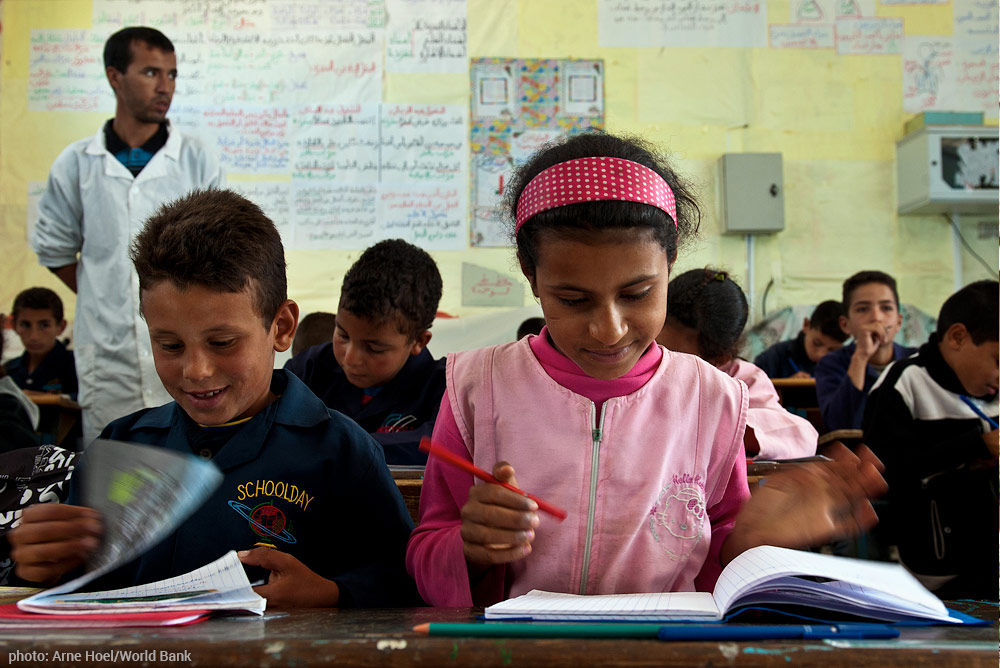While working to establish the EFA Fast Track Initiative 15 years ago, one of us (Barbara Bruns) remembers asserting that MDG 2—achieving universal primary completion—was implicitly about education quality, and not just access. Countries might be able to achieve universal enrollment without achieving a basic level of quality, but they would not achieve universal completion this way. Why? Because given the opportunity cost of children’s time, as well as some direct costs of schooling such as uniforms, parents would not keep children in school if they were not learning.
Barbara was wrong. Fast forward to 2016, and the evidence is irrefutable—hundreds of millions of children across the developing world sit in school for five or more years but on “completion” cannot read a paragraph. That is a key message of the International Commission on Financing Global Education Opportunity, chaired by Gordon Brown.
CGD’s background research for the Commission: two priority actions
The Commission report released in September is impressive, starting with its title: A Learning Generation: Investing in Education for a Changing World. It starkly depicts a “global learning crisis.” The SDGs, unlike the MDGs, set explicit goals for learning: by 2030 all children in every country should master the skills equivalent of a lower secondary education. But the Education Commission predicts that if current trends continue, only 1 child in 10 in low-income countries will be on track to achieve that goal. And 69 percent of children in these countries will leave school without mastering even primary level skills, leaving them deeply unprepared for empowered, productive lives in a global economy.

